My name is Micah Quinney Jones and I am proud to be Jewish. Born to a very mixed heritage, being Jewish is only one part of who I am. On my father’s side comes my Norwegian and Native American lineage while on my mother’s side I find my Eastern European stock and my Jewish religion. Despite my father not being Jewish, my parents agreed that they would raise their children to be Jews. Being Jewish is a burden; the reality of assuming the most persecuted history and identity of any group of peoples ever to inhabit this Earth. But despite the history of discrimination, being Jewish is a privilege, an honor to be a part of such an intimate and interconnected community that epitomizes the idea of living life to its fullest. The unrelenting hope and zest for life that has been instilled in the past and will continue in the present and future generations of Jews. Writing this essay on my own Jewish heritage is a catharsis, my attempt at fully articulating this perplexing identity and the hope that I will find the answer I’m looking for within my own words.
The following essay is one part of a larger thesis on the understanding of my own Jewish identity.
Part I: Vandalism for Peace (Granada, Spain)
It has been over a year since the Israeli Defense Force (IDF) incursion into the Gaza Strip to halt the Palestinian terrorist group Hamas from launching rockets into Israel. Watching the events unfold on the Spanish news channels and listening to and participating in the ensuing debate in my Spanish university political science classes, I felt, for the first time in my young adult life that true, vitriolic feeling of anti-Semitism that has only become embolden, rather than diminished in the present day. In the subsequent months as I continued living in Spain, traveling throughout Europe, North Africa and ultimately returning to my university in California, I began to question and rethink what my Jewish identity means and what kind of future we as a people can hope to expect.
Perhaps returning to Granada after my Winter Break trip to Eastern Europe in which I toured the incredible Jewish Quarter of Prague (home of the Golem) and then traveled to Poland to tour the unbelievable death camp of Auschwitz and Birkenau had renewed and heightened my understanding of the terrible degree of suffering that Jews had faced throughout the ages. With the beginning of the second semester coinciding with the IDF’s campaign against Hamas, the ensuing debate and condemnation of the Jewish state by International classmates and Spanish professors only stung that much more. Nevertheless, as a student of politics, heated arguments begin the necessary steps at arriving at a viable compromise. I could mediate such debates and provide my American and Jewish perspective on the conflict. Still, I was shocked by the degree and prevalence of bellicose language and diatribes directed at Israel.
Whenever the Israeli-Palestinian issue had been brought up in my classes in the United States there was at least some degree of mediation by the professor and the debate always revolved around the post-1967 War occupied territories. The fundamental right of the Jewish state to exist was never called into question and rather we debated about the pros and cons of the proposed “two-state solution.” In Spain, the unsettling debate teetered on the grounds of not only condemning Israel’s just actions of self-defense against the terrorist group Hamas but also began to question whether the 1947 UN backed creation of the State of Israel could even be considered legitimate. There was no balance or opposing arguments. As the only American in most of my political science classes I was constantly grilled and questioned for not only the foreign policy actions of the United States, but at this time in particular, why the United States continued to support Israel. I was verbally admonished by my professor for calling Hezbollah and Hamas “terrorist” groups. Rather, she stated, that “Hamas and Hezbollah were political organizations defending their interests against a disproportionate amount of force.” Having engaged in such debates in my lectures I should not have been surprised when the prejudice spilled outside of the classroom.
The present day Granada is a far cry from the last bastion of Moorish rule and the symbol of the Christian Reconquest and jewel of the Spanish empire as it was in 1492. Today, the city is a University paradise with 80,000 international students, cheap housing and an electric nightlife. Despite the technological advancements and modernization in the post-Franco era, Granada still maintains much of its medieval and provincial charm. The Albayzin, the ancient Arab quarter with its cobble stone steps winding up to the Alhambra palace, is still home to a predominately Muslim and Arab population that can trace its roots back to the time of the Moorish kings. The walls of the labyrinth of tea houses and merchant stalls are covered in political graffiti. When I first came to Granada in August, 2008 I was surprised by the amount of graffiti that proliferated throughout the city. How could the local town hall not clean it up? I learned that it was not my concern and grew accustomed to it as I became fully immersed in my year abroad.
As the level of debate and anger against Israel manifested into more vituperative political debate and a large Anti-Israel protest that took over the main avenue in Granada, the graffiti too changed to one of pure hate. Hundreds of “Swastika = Star of David” began appearing on the walls and buildings of the city. I couldn’t believe it. The Anti-Israel bashing had become a new form of anti-Semitism. The supposed message propagated by the graffiti was that “Israel was a fascist state,” but what the graffiti vandal had really intended to incite was the catastrophic, indescribable pain of the Holocaust and attempt to blur and twist it into a message that Israel’s attacks against Hamas were equivalent to genocide (In no way am I mocking the deaths of those who died but 1500 deaths, most of them terrorists, does not count as genocide; the misuse of the definition of the word is an offense in and of itself). Furthermore, the powerful pain evoked by placing those two symbols together only further festered a wound that had been gashed open during the Holocaust and is only ever so slowly beginning to recover, if recover is even possible.
I wasn’t the only person offended by such writing. My German roommates and friends were horrified that swastikas had been painted on the walls of the city (For the record, the current generation of Germans is a full 180 degrees from the population that supported Hitler’s fascist regime). The other Jewish students in my program were intimidated and felt threatened by the terrible signs. I couldn’t believe that the government of Granada would not clean up such markings. For a city that relies so much on foreign tourism, I would have thought that the prolific swastikas would be bad for business. The memory of World War II was still alive and such indiscriminate markings by an idiot who had no idea of the history or reality attached to such symbols was a complete and utter attack on any one who lived through the war.
Having had enough of looking at the evil symbols, I went to the police station and asked if there was a graffiti response team that I could call or join to clean up the swastikas. Entering the police station, I was met with the glazed stare of the reclining police officer. “If you’re offended, don’t look at,” was his reply to my question. I left shaking my head at the joke that is Spanish law enforcement. A few days later, the issue of the swastikas still on my mind, my German roommate, and I were walking down Calle Mesones, the main tourist street in Granada, when I stopped to ask a traffic cop about the swastika epidemic. What ensued was an enlightening conversation about the differences between Spanish and American property rights.
“You’re American, right,” said the officer. “Yes,” I replied, “I just wanted to know what the consequence is if caught for graffiti.”
The officer laughed and told me how that in the US if someone entered my house I could harm or kill him legally for breaking and entering. In Spain, it was the opposite; the victim of the assault would be charged for the ensuing violence. The right to property was not fundamental in Spain like it was in the US. A vandal caught for graffiti would get a slap on the wrist and immediately released with possibly no fine. Only if the shop or home owner chose to prosecute could anything come about. I thanked the officer for his informative insight and as my German roommate and I walked past a dark black swastika, I decided to take matters into my own hands.
Being a vandal is not part of my quotidian routine. The son of a police detective I am a very law abiding citizen. Nevertheless, I knew that if I didn’t do anything to fight against such blatant hate speech than no one would. To fight fire with fire. That afternoon after speaking with the police officer I went to the local hardware store and bought the necessary supplies. Not wanting to be too obvious of my counter-vandalizing intentions I bought a paint brush and tray along with two cans of white spray paint. I returned the paint brush and tray the next day. I figured that I would try white spray paint as to erase the black ink and to not contribute anymore to the graffiti problem.
That night, the rain poured down on the cobblestone streets. The soft orange hue of the street lights illuminated the thick droplets as I put on my oversized black coat and pulled on a black beanie. I put one can of white paint in my interior pocket and at 2am after everyone in my apartment had gone to sleep I went downstairs and headed out to cover up the hate. My first target was to eliminate the “Gaza Genocide,” and “Israel Murders” stencils sprayed all over the Political Science college. The rain was coming down in buckets and no one was out in the streets as I walked the familiar path to school down Calle Mesones, past Plaza Trinidad to my college. My heart was racing but I stayed focus, waiting as a group of drunks leaving a bar stumbled by. When the coast was clear I went up to the first hate stencil, took out my white spray can and covered it up. The white paint wasn’t the best choice as I had to wait a long time to build up enough layers over the other color paint. I felt exposed but kept going, working both sides of the street. With the stencil officially covered up, I was now on the hunt and decided to tackle the first of many swastikas in the Albaycín. Running across Gran Vía and rushing up the steps of the cobblestone line street of tea houses, I came to the first, giant, ugly swastika in the turn of the alley. A haven for tourists during the day, the Albaycin was nevertheless the area of crime in Granada with occasional muggings and stabbings occurring. I knew that I wasn’t the only one causing trouble here at night, so I kept my guard up the whole time, ready for the fight when it came. The dark black swastika glared at me under the glow of the solitary street lights. I went to work, erasing it, but its dark ink was too strong for my white paint. I succeeded in erasing half of it but couldn’t do anymore. “Two can play this game,” I thought to myself as I hid my paint can and headed back home. Tomorrow I would go back to the store and buy black spray paint.
Over the next three weeks, I would go out at night to spray paint over the swastikas and other anti-Israel hate speech. I would wait until everyone had gone to bed and for when the weather was bad to avoid any detection. The Spanish police may not have cared about delinquent Spanish youths but I didn’t want to test my luck as the American spray painting the National monument. The black spray paint worked effectively as I connected the lines of the swastika turning it into a square. I wonder what tourists thought when they saw “square equals Star of David.” No matter how much I seemed to cover up there seemed to be more and more. Wandering the labyrinth of alabaster colored walls of the Albaycín I would spend up to two hours covering up as many as I could until I ran out of paint. The swastikas had been placed in most public places, Gran Vía, in front of hotels and the steps up to the Alhambra. I had to move fast and risk being caught. When covering the large swastika on a glass window on Gran Vía a police patrol car rolled by. I am not sure if they saw me as I was already running toward the cathedral. I threw my can of paint in the bushes, took off my coat and beanie and then took a long walk around to see if I had been followed. A close call, I retrieved my jacket and went home for the night.
By the time my mom came and visited me at the end of March I had covered all of the swastikas in the centro area and most in the Albaycín. The anger against Israel had subsided and no new swastikas had sprung up. I realized that this was only the beginning, not the end of what I can officially say is a upsurge in anti-Jewish attacks, disguised in the politically acceptable form of Israel bashing. Throughout additional travels during my year abroad to Morocco and Egypt I continued to engage in polemic conversations about Israel and the significance of my Jewish identity. Returning to my university in the United States I fear for the comfort and complacency of the American Jewish community and worry that the hate that I encountered in Granada is not an anomalous incident but a growing trend of anti-Semitism that we must counter with education, tolerance and unified action.






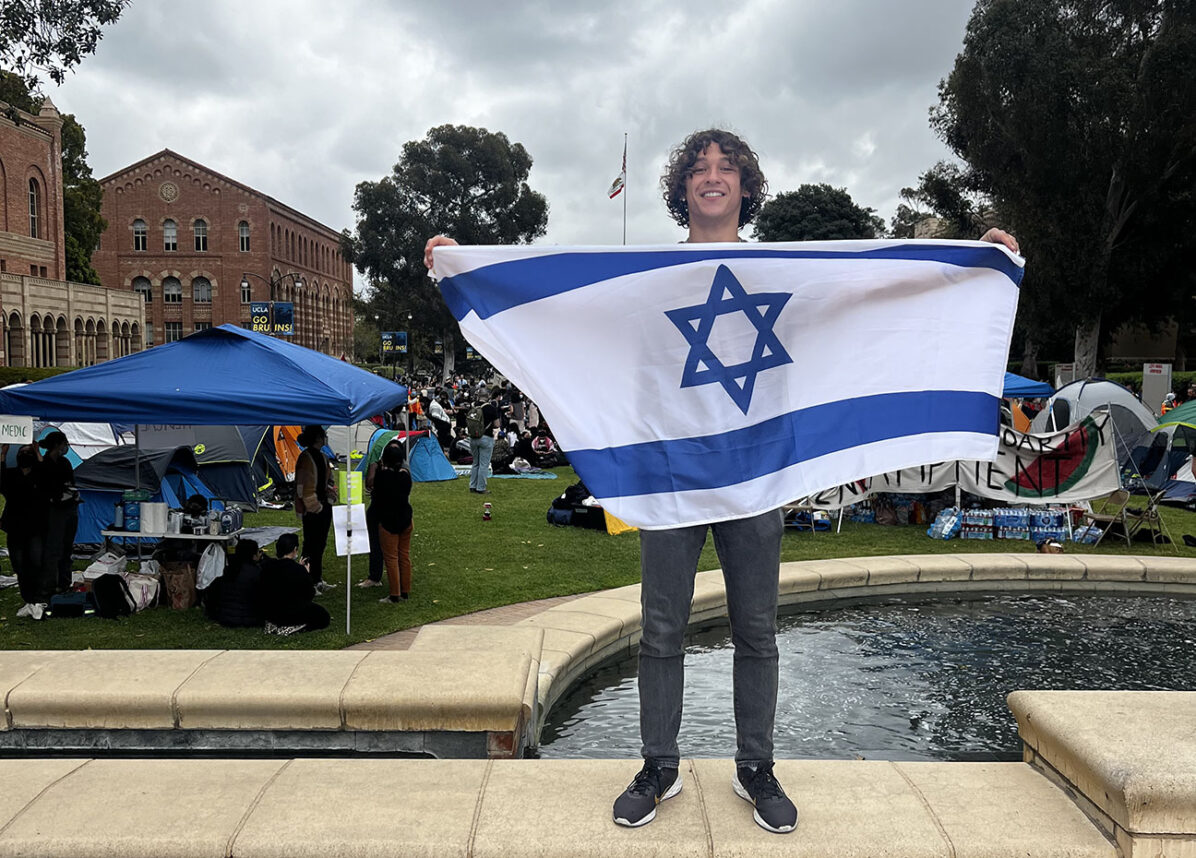
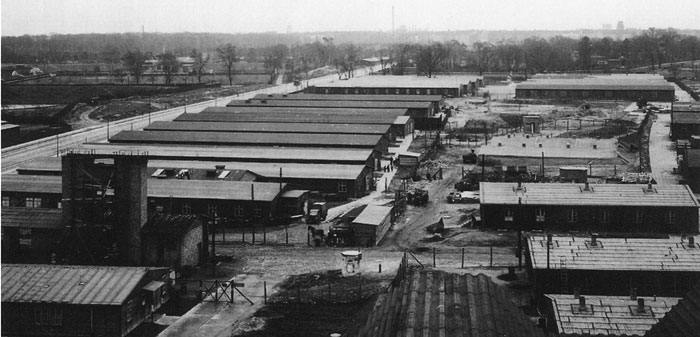
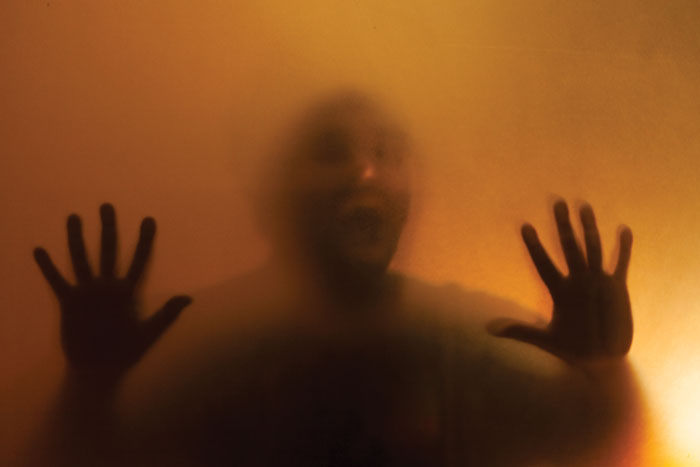
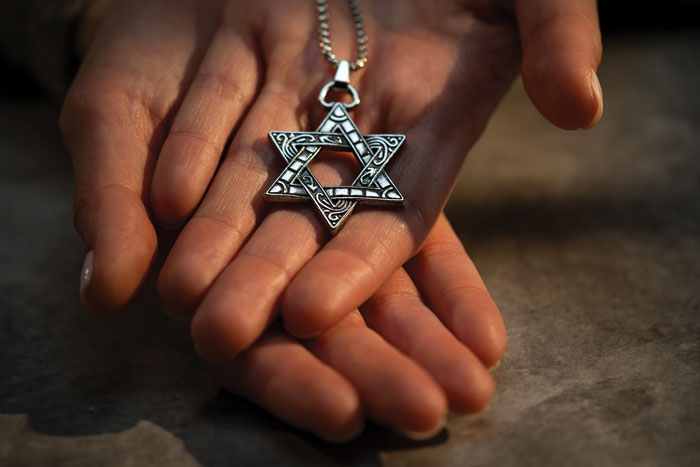

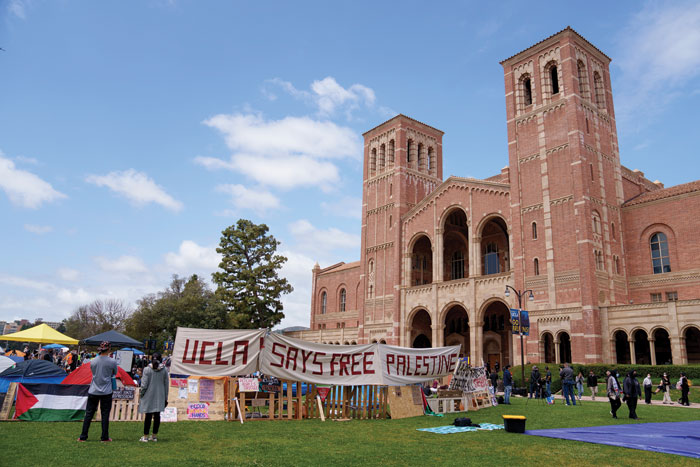


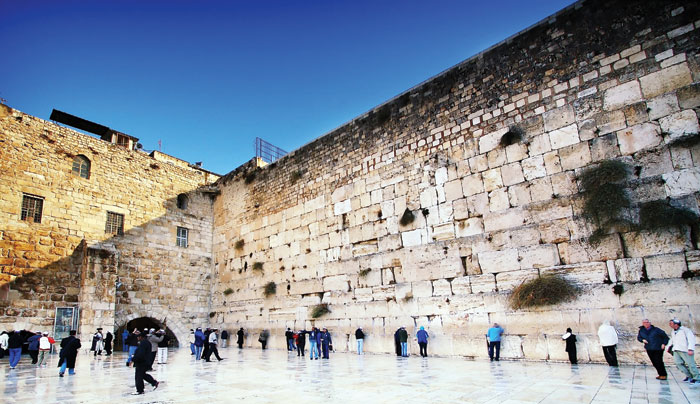
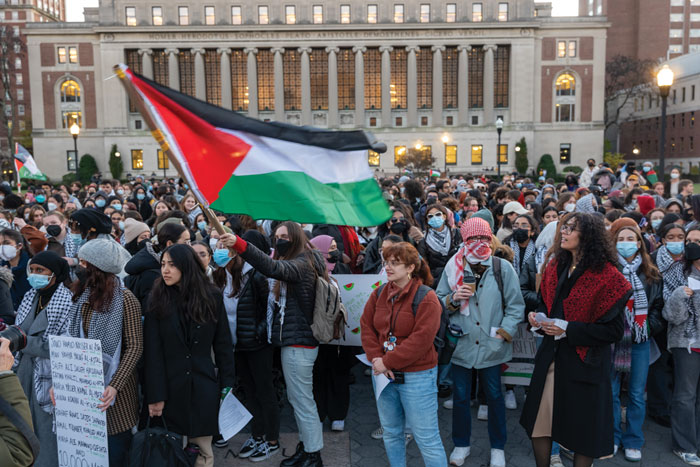
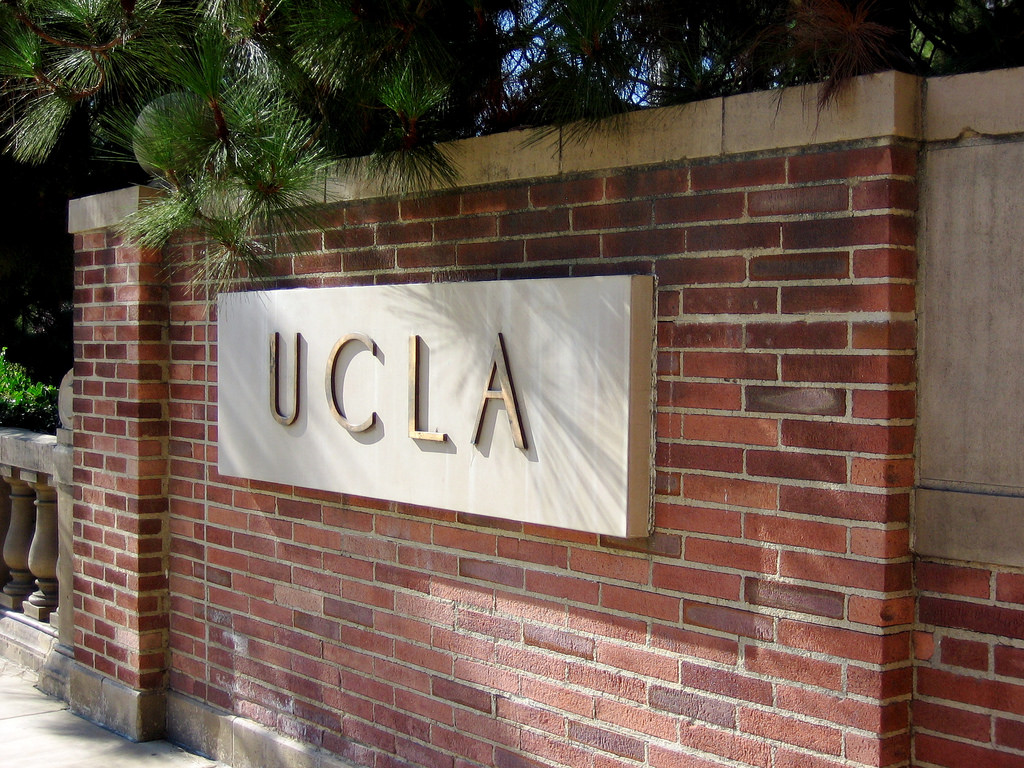





 More news and opinions than at a Shabbat dinner, right in your inbox.
More news and opinions than at a Shabbat dinner, right in your inbox.